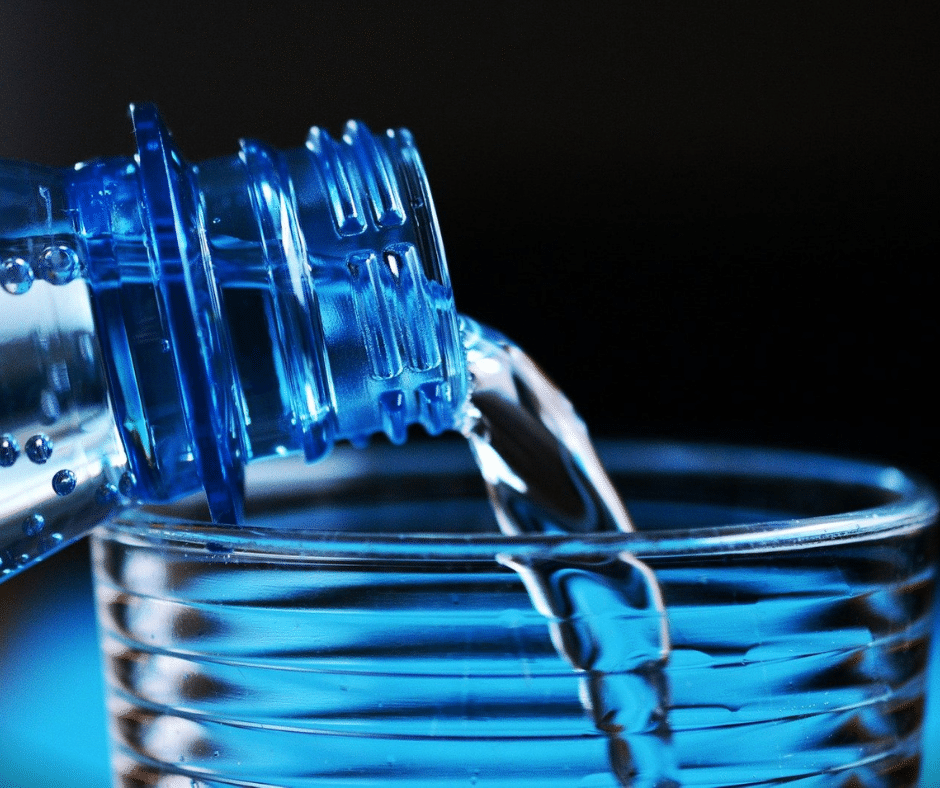Health professionals have been reminding us of the risks of dehydration for years now, and with good reason. Our bodies are more than 50% water. Reusable water bottles are one of the trendiest accessories for active folks so that we can easily keep ourselves hydrated without piling plastic into landfills.
But even after buying a cute water bottle to take along to the gym, it’s unclear how often you should be picking it up to take a sip. We know that dehydration is something to avoid. However, what does it really mean to be dehydrated? How can we tell if it’s happening?
As basic as drinking enough water seems, there is real science behind the risk of dehydration. It’s worth being aware of those risks as we plan for workouts and rest days alike.
What is dehydration?
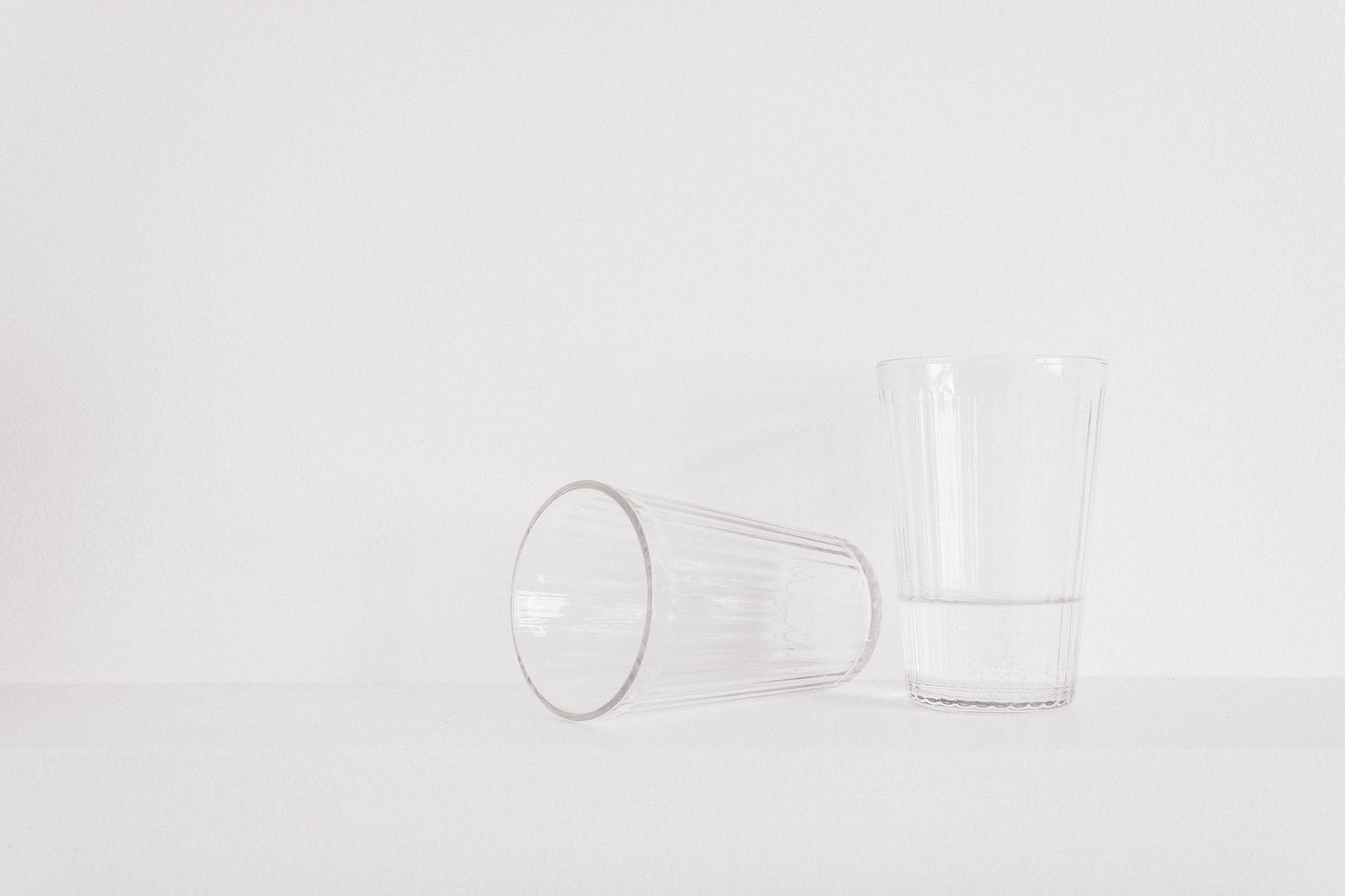
Put simply, dehydration occurs when you lose more fluids than you take in.
You need a certain amount of fluid to keep your body working optimally. The problem is, you lose fluid naturally all the time. Urination, bowel movements, and perspiration are all daily functions that cause you to lose fluids. Vigorous exercise, illness with diarrhea or vomiting, and some medications can increase the risk of dehydration.
Usually, it’s easy to rebalance the fluids in your body by drinking sufficient amounts of water. However, in severe cases, you might need medical attention to get your fluid levels back to where they belong.
What are the signs of dehydration?

Dehydration isn’t just a matter of feeling a bit thirsty. In fact, by the time you feel thirsty, you could already be dehydrated. The real test of whether or not you are dehydrated isn’t whether or not you feel thirsty, but the color of your urine.
Ideally, you should be taking in enough fluids so that your urine is a very pale yellow. If it’s a darker yellow, its time to drink up. Regardless, when you do feel thirsty, you shouldn’t ignore that feeling if you can help it. Drink some water as soon as you notice that you’re feeling a little parched.
Here’s another sign of dehydration that many don’t associate with lack of fluids. A stuffy nose. Our sinus cavities are lined with cilia, cells that look like small hairs which move mucus out of our sinuses. When we’re dehydrated, the mucus becomes thick and its harder for the cilia to clear it out of our sinuses. If you’re al allergy sufferer, staying hydrated can help provide some relief.
When these symptoms of dehydration arise, you should start replacing fluids quickly. If you don’t , your symptoms can become more serious. You might experience dizziness or confusion. You’ll notice that your thirst becomes more intense. Your mouth, lips, and eyes may feel dry. You may not urinate as frequently as usual.
What happens in your body when you don’t get enough fluids?
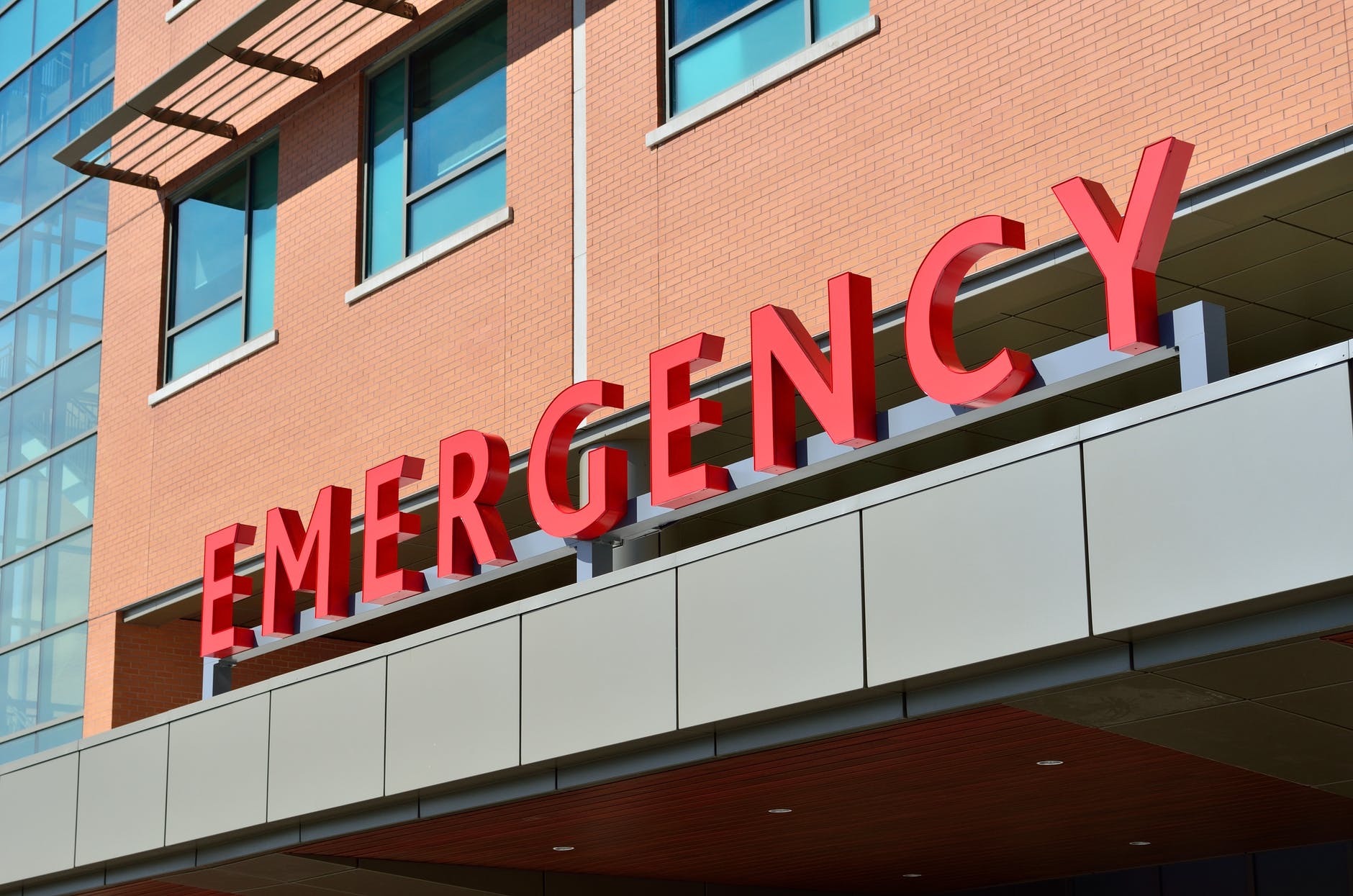
You need fluids for just about every function in your body. Your blood supply is reliant on water, for one thing. You also need fluids to keep your organs cushioned and protected. Fluid helps flush bacteria and other unneeded substances out of your body. And fluids are what keeps joints functioning smoothly to prevent injury. If you lose too much fluid, all those functions are put at risk.
Now, obviously, not all dehydration is the same. There is the kind of dehydration you feel after a long day in the sun. Then there is the kind of dehydration that lands you in the hospital. But paying attention to the early warnings that you need fluids can prevent more significant problems later.
If you do become dangerously dehydrated, you risk serious complications. If your electrolytes – the potassium and sodium in your bloodstream – get too low, you can have seizures. Prolonged or repeated episodes of significant dehydration can damage your kidneys. In the worst cases, you can diminish your overall blood volume and go into hypovolemic shock, which causes a drop in blood pressure and low blood oxygen levels. That can be life-threatening.
These complications require medical attention. If you think you are experiencing dangerous dehydration, consult with a doctor immediately.
As an active adult, how much do you need to drink daily?
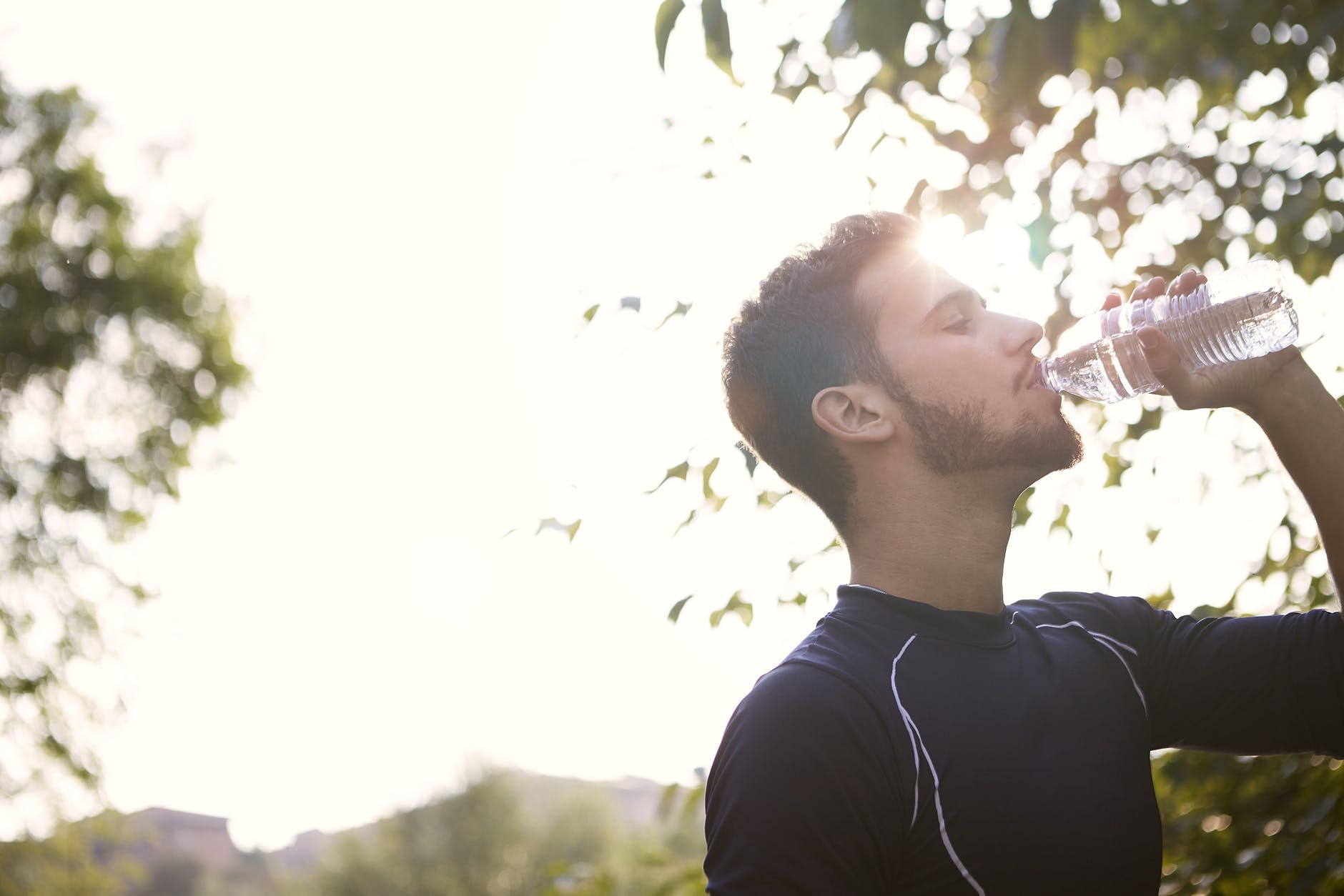
The good news is that extreme dehydration isn’t a common problem for people who live in areas with clean, plentiful water. Remaining hydrated is as simple as drinking a few glasses of water every day. The question is, how many glasses of water should we drink?
The Mayo Clinic suggests that women need, on average, about 11 cups of water per day. If that sounds like a lot, don’t worry. That amount includes fluids you get from other sources as well. Fruits and vegetables contain water, so eating those counts toward your daily total. In fact, any food with some kind of fluid to it contributes to your hydration.
Even caffeinated beverages and alcohol count as fluid. They are less hydrating than water but they do provide some benefits. The myth of coffee and alcohol being dehydrating isn’t entirely true. You might have a problem if that was all you drink, but chances are, coffee and wine make up a small portion of your overall beverage consumption.
Sports drinks that contain electrolytes are hydrating but be cautious about drinking too many of them. They have a lot of sugar and the empty calories add up quickly. They help rehydrate you after prolonged exercise but you probably don’t need to drink them every day. The same is true of sweetened juices and sodas. They’re nice for a treat, but keep the calories in mind when you choose a beverage.
If you’re planning a workout, you should think ahead about your hydration needs. The following is a guideline from the American Council on Exercise on how much water to consume before, during and after exercise.
- 17-20 ounces of water 2-3 hours prior to exercise
- 8 ounces of water 20-30 minutes before exercise or during your warm-up
- 7 -10 ounces of water every 10-20 minutes during exercise
- 8 ounces of water within 30 minutes after exercise
Ways to ensure you get more fluids
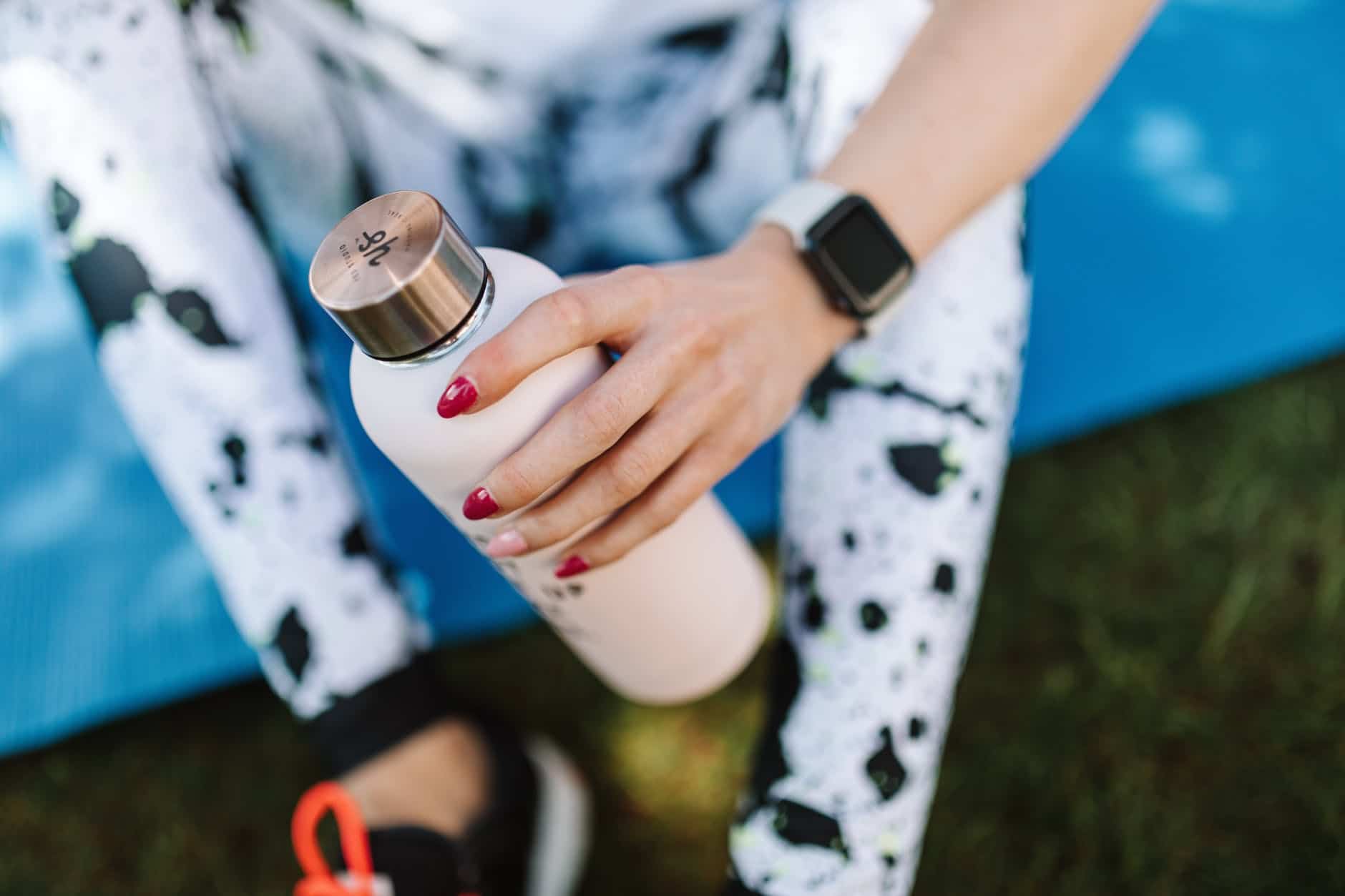
Drinking enough is clearly essential but it’s also an easy thing to forget. We all know what it feels like at the end of a day when you’re thirsty and tired because you didn’t eat or drink enough. Starting a hydration habit will fix that but it will take some conscious effort.
One thing to do is to make sure you have access to appealing beverages. Brew up some iced or hot herbal tea if that’s what you like. Maybe keep flavored seltzer around. You can invest in a bottle that lets you infuse your water with fruit to make it even more refreshing. Many standard refillable water bottles have settings or measurements to help you track how much you’ve drank.
Next, set some reminders for yourself. Put an alert on your phone to prompt you to have a drink of water every hour or so. Many personal fitness trackers have a setting remind you to drink.
Make sure you plan to serve yourself something to drink along with all of your meals. If you’re going to be out and about, pack a water bottle so you don’t have to hunt for water while you’re doing errands or going to meetings.
If you exercise outdoors, you can invest in hydration gear. Hydration backpacks are popular among hikers and campers. In fact, I won’t hit any hiking, walking or biking trail without my trusty CamelBak. You can also check out running stores to find belts that hold smaller water bottles desired for long-distance runners. Bike stores can equip you with a water bottle holder that clips to your frame.
Final Words
Hydration is part of a healthy lifestyle. In fact, it may be the most straightforward change you can make. Drinking more water is inexpensive, easy, and certainly doesn’t hurt as much as starting a new workout! It’s a change you can feel good about right away.
When you commit to a fitness routine, hydration needs to be a big part of your workout plans. Keeping your fluids at optimal levels mean your body will perform better.
So drink up! It’s one of the best things you can do for your overall health.

